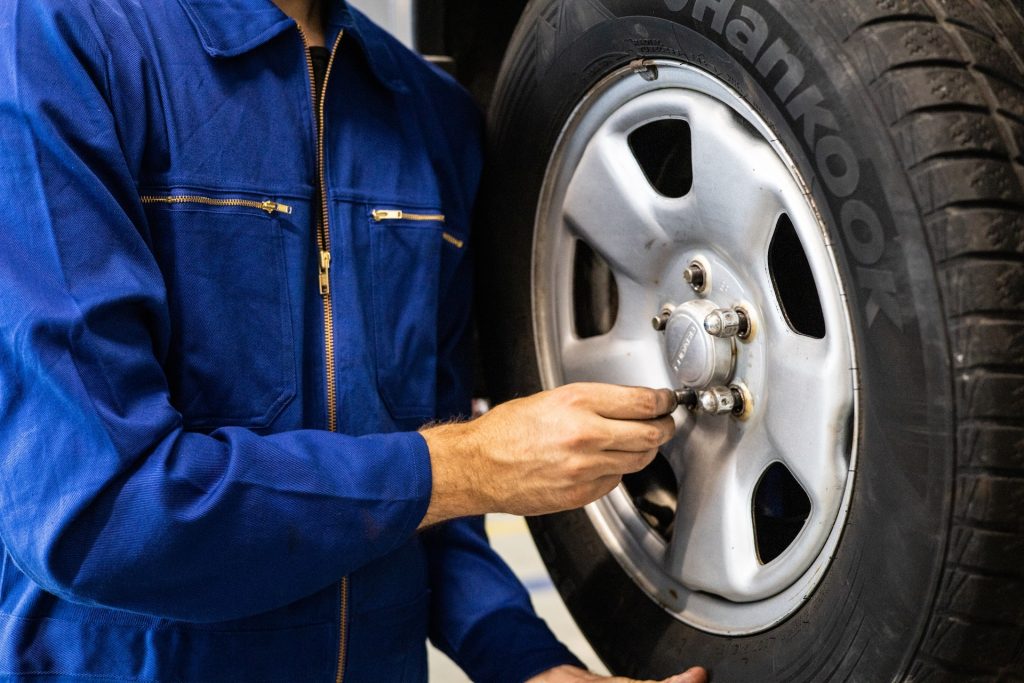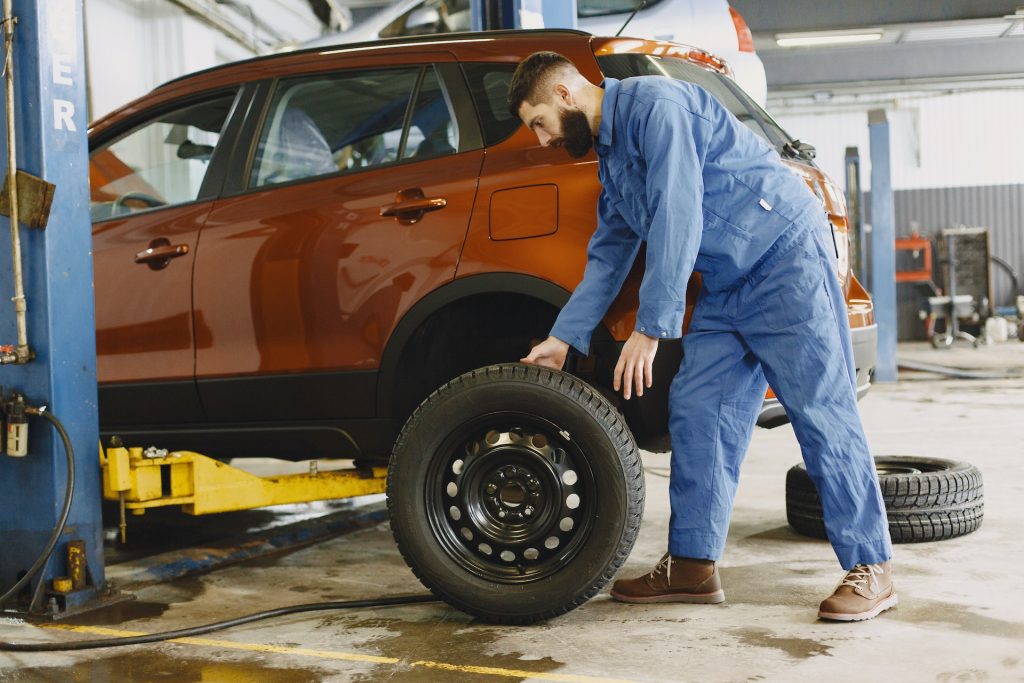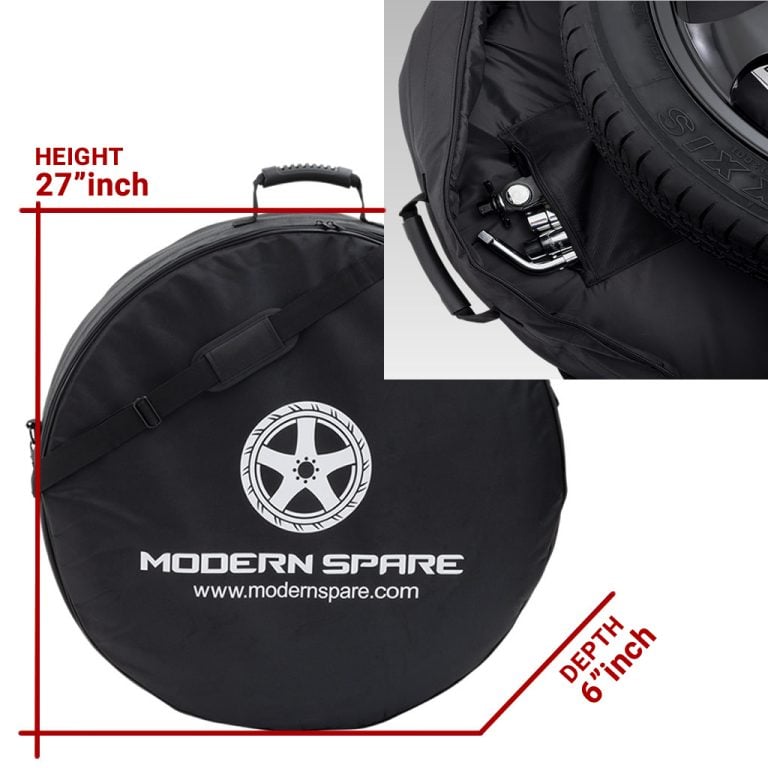Automakers Foregoing the Spare Tire on New Vehicles: What You Need to Know
If you’ve recently purchased a new car, you may have noticed that it lacks a spare tire. This omission is becoming increasingly common among automakers, with approximately one-third of new vehicles not including a spare tire. While this change has been driven by various factors, including fuel efficiency goals, cost savings, and space considerations, it is essential for drivers to understand the implications and be prepared for unexpected flat tires. In this article, CheapInsurance.com will explore the reasons behind automakers’ decision to forgo spare tires, the alternatives provided, and what drivers can do to ensure their safety on the road.

Reasons for Omitting Spare Tires
Fuel Efficiency Goals: One of the primary reasons automakers are skipping spare tires is the need to meet stringent fuel economy regulations. By removing the additional weight of a tire and jack, vehicles can achieve slightly better fuel efficiency, ultimately benefiting both manufacturers and drivers.
Cost Savings: Automakers also save money by eliminating the need to purchase and provide spare tires. Spare tire kits, including a tire, jack, and lug wrench, can cost around $150, making it an attractive cost-saving measure for manufacturers.
Space Considerations: Some newer vehicles, particularly those with alternative fuel options, have limited cargo space due to the inclusion of battery packs. Removing the spare tire creates more room for storing essential items, making it a practical choice for automakers.

Alternatives to Spare Tires
Tire Repair and Inflation Kits: Many vehicles without spare tires come equipped with tire repair and inflation kits. These kits typically include a can of aerosol sealant and a portable air compressor. While they can be useful for minor punctures, they are ineffective for sidewall damage or more extensive tire issues.
Run-Flat Tires: Higher-end models may feature run-flat tires, which are designed to allow the driver to continue driving for a limited distance, usually up to 50 miles, even after experiencing a puncture. However, run-flat tires are not widely available, and their high cost makes them less popular among consumers.
Temporary Spare Tires: Approximately 65 percent of new vehicles are equipped with temporary spare tires, commonly known as “space saver” or “donut” spare tires. These compact tires are meant to provide a short-term solution, allowing the driver to reach the nearest service center for a tire replacement or repair.
Importance of Preparedness
Given the increasing prevalence of vehicles without spare tires, it is crucial for drivers to be aware of their car’s equipment and take necessary precautions. Here are some tips to help you stay prepared:
Check Before You Buy: Before purchasing a new vehicle, inquire about the presence or absence of a spare tire. This information can be used as a negotiating point and allows you to plan accordingly.
Spare-Tire Kit: If your car doesn’t come with a spare tire, consider investing in a spare-tire kit that includes a tire, jack, and lug wrench. These kits are available for purchase and can provide peace of mind when dealing with various types of flat tires.
Roadside Assistance: Familiarize yourself with your vehicle manufacturer’s roadside assistance program. Ensure you have their contact information readily available in case you encounter a flat tire or any other emergency situation on the road.

Conclusion:
While alternatives such as tire repair kits and run-flat tires offer some solutions, they may not be effective for all tire-related issues. To avoid being stranded on the side of the road, it’s crucial for drivers to understand their car’s tire provisions and plan for the unexpected.
To address this issue, several alternatives to spare tires have emerged in the market. Tire inflator kits offer a temporary fix for minor punctures and can help drivers reach the nearest repair shop. Run-flat tires, designed with reinforced sidewalls or internal support rings, allow drivers to continue driving for a limited distance after a tire failure. However, run-flats can be costly to replace and may sacrifice ride comfort. Self-sealing tires, coated with a special sealant, can automatically seal small punctures, but they have limitations and may not work for larger punctures or sidewall damage.
One notable solution that has gained popularity is Modern Spare, a company offering spare tire kits for a wide range of vehicle models. These kits include a spare tire, tools, and a carrying case, providing drivers with a complete solution in case of a flat tire. Modern Spare has attracted customers from various brands, including Tesla owners who appreciate the convenience and peace of mind provided by having a spare tire.

When considering whether to forego a spare tire, drivers should evaluate their specific needs and circumstances. Factors such as the availability of roadside assistance, driving habits, and the likelihood of encountering flat tires in remote areas should be taken into account. While eliminating the spare tire can offer certain benefits, it’s crucial to ensure that alternative solutions are reliable and suitable for one’s driving requirements.
In conclusion, the shift away from spare tires in newer vehicles reflects the industry’s efforts to optimize space, improve fuel efficiency, and reduce costs. However, it is essential for drivers to be aware of the alternatives available to them and consider their individual needs when deciding whether to rely solely on these alternatives or invest in a spare tire solution like Modern Spare. Having a comprehensive plan in place for dealing with flat tires ensures that drivers can handle unexpected situations efficiently and get back on the road with minimal inconvenience.


